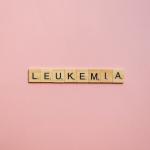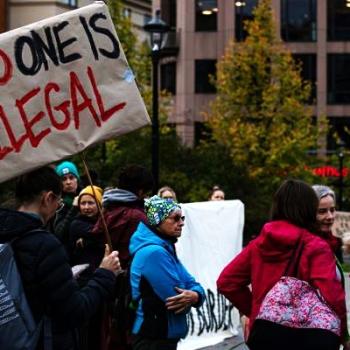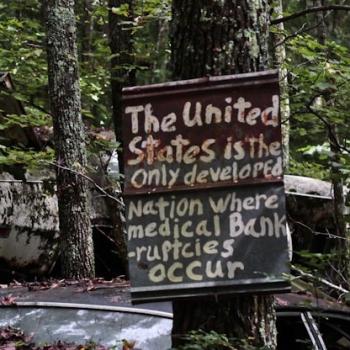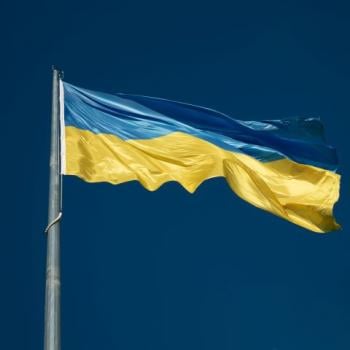Yesterday, my former classmate lost her daughter. Because of her daughter’s illness, my classmates’ actions will give life to many others with the same and similar diseases.
High School Context
I attended an all-girls convent school in Washington, DC for high school. Siobhan (not her real name) immediately stood out. She knew many people. Her sisters had gone to the same school (and possibly her mother too) so she had the more comfortable uniform skirt that had been passed down rather than the stiff polyester skirt that most of us wore. She was among the few who were “in the know” and for whom starting high school had finally occurred after watching her sisters attend.
Siobhan talked a lot, but she was not LOUD in the sense of obnoxious or domineering. We chose her to be our freshman class president. She was friendly and funny, kind to people. Throughout high school, she played an important role in our class.
I moved away from the area and while I attended the first several reunions, I was not able to go to all of them. Because of this, I was not aware of all of my classmates’ experiences. Siobhan and her husband had two sons and then they had a daughter, Colleen (not her real name). Siobhan’s daughter was born with a genetic disorder called Phelan-McDermid Syndrome (PMS). This condition can be mild to severe and is often coupled with autism, epilepsy, and developmental delays.
Siobhan, never one to sit still, began to get involved with the PMS Foundation. Every year, she fundraised for the organization when Colleen had her birthday. They came up with different shirts and other swag that drew attention to the organization and its mission. Then they posted photos of celebrities wearing the shirts. She and her family raised thousands of dollars for the foundation’s research into the syndrome. For Colleen’s 23rd birthday this year, they raised $50,000.00.
Creating A Database for “Observations”
One of the significant contributions Siobhan has made to the organization is the development of a database of “observations” that families can make about their own children with PMS. By noting how often children have seizures or how they react to a certain medication, they assemble a great deal of information for the researchers to use, I hope that other organizations learn from this process because it makes a great deal of sense. Who is more invested in improving the lives of persons with the syndrome than loved ones?
Siobhan is the Principal Investigator for the Phelan-McDermid Syndrome Data Network as well as involved in the international registry. She is a patient advisor on the National Institutes of Health Council of Councils, the Simon’s Foundation – SPARK project, and formerly advised the NCATS Advisory Council. She has also participated in the Patient-Centered Outcomes Research Institute. Siobhan has received several awards for her work. She is also the “Patient Engagement Lead” for an organization called RARE-X.
RARE-X empowers people with rare diseases to gather and share their data with researchers. RARE-X supports the diagnoses, data collection, and federated data analysis platforms. Since some diseases share similarities with others, a discovery in one area may benefit patients with another illness.
Colleen’s Recent Journey
In April, Colleen fell at home and suffered a small subdural hematoma. Over the months, she has been in and out of the hospital, but primarily in it or in different levels of care facilities. She would just recover from one thing when she would get pneumonia or pick up an infection. Many times she was intubated in Intensive Care.
Yesterday, Colleen passed away. Siobhan said that even though they, as a family, were not ready to let her go, Colleen was ready. I think that what inspires me the most is how Colleen’s illness and her family’s advocacy and fundraising have benefited or will improve the lives of countless other children and families. Because of the data collection, researchers will not have to seek out “the daily life” of a person with this syndrome.
Resurrection: Out of Death Comes Life
I do not make light of the challenges that Siobhan, her husband, and sons have faced over twenty-three years. I also know that their grief will be painful.
The reason that this is a Resurrection story for me is that Siobhan’s work and fundraising may make other children and their families’ experiences better. Out of death comes life. Even if improvements in treatment do not occur right away, Siobhan has laid significant groundwork for improvements. Blessed be Siobhan and people like her.













